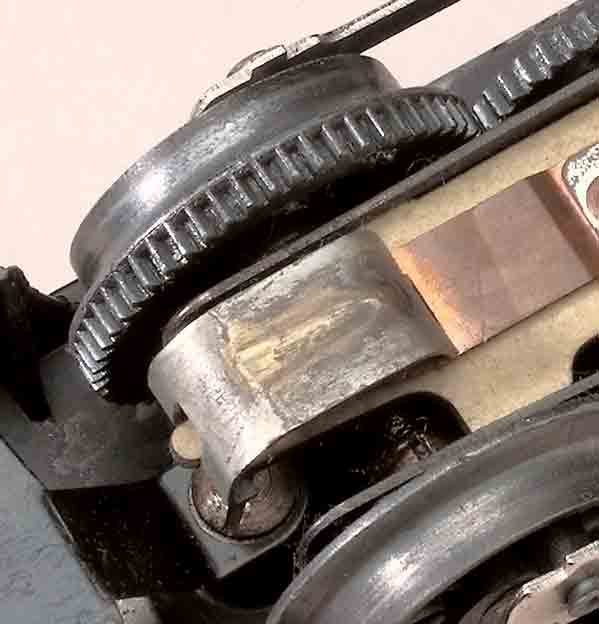
Many old Marx steam locomotives have gears that extend the full diameter of the wheel, resulting in incompatibility with most track switches. Q: I am starting to build a small O gauge layout with two loops and some switching in between for variety. I have some newer Lionel trains and some old Marx trains from […]
Read More…
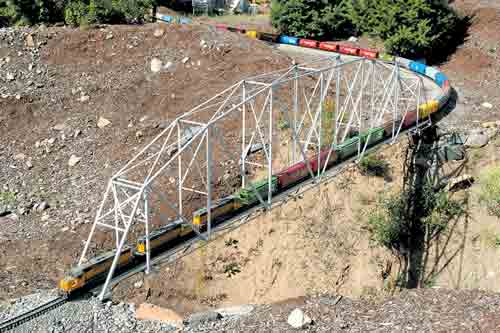
The steel truss bridge spans a deep gully. It was assembled entirely with screws and nuts on a purpose-built table. Marc Horovitz The railway at a glance Name: Snake River Railroad Size of railroad: 200′ x 300′ (approximately) Scale: 1:29 Gauge: Nº 1 (45mm) Theme: Mainline railroading in the Northwest Era: Modern Age: 15 years […]
Read More…
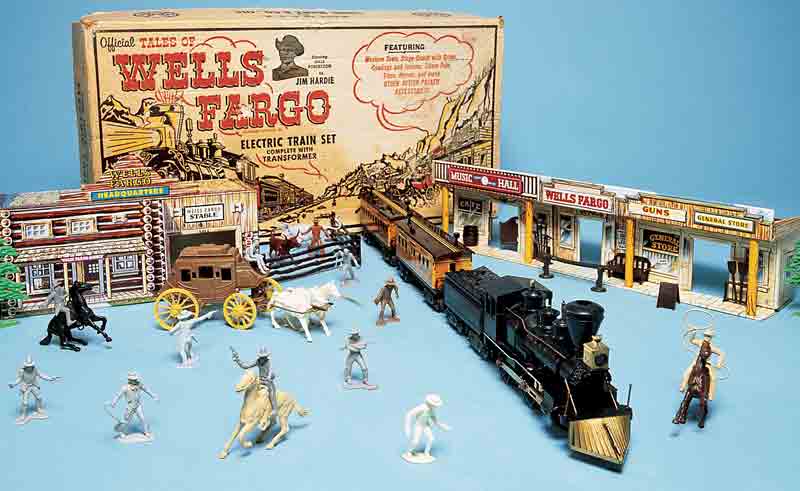
CTT reader Phil Lea of Athens, Tenn., is looking to re-create the old West on his layout. Postwar Marx plays sets just might be his best source for buildings and decorations that look at home on the range, looking the other way regarding exact scale, of course! Q: I would like to do my layout […]
Read More…
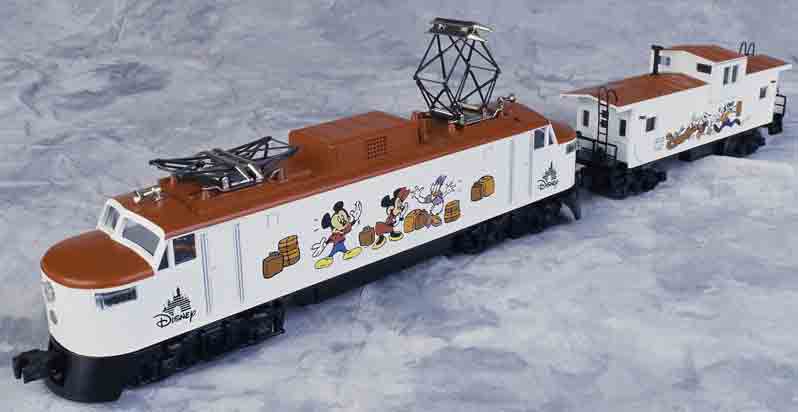
The names Lionel and Disney have a unique history. Modern toy production techniques have made the most of Walt Disney’s colorful animated characters like Mickey and Minnie Mouse and Daisy Duck. Q: I have a Lionel O gauge no. 18311 Disney electric-profile EP-5 locomotive. I would like to collect all the cars that go with […]
Read More…
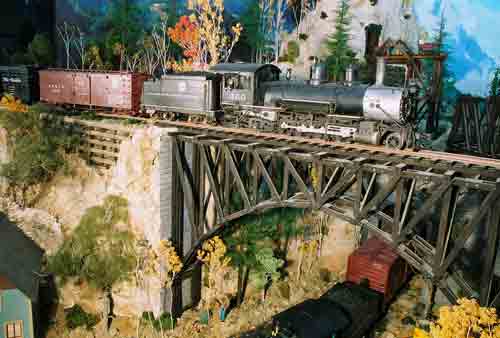
Bridges connect different areas. A train on the high line near Ophir passes above a standard-gauge train rolling into Rockwood. The upper train is a mix of scratchbuilt and LGB equipment. Christopher Zider From the outside, Barry Bogs’ house looks similar to most others in a subdivision northwest of Houston. But as soon as you […]
Read More…
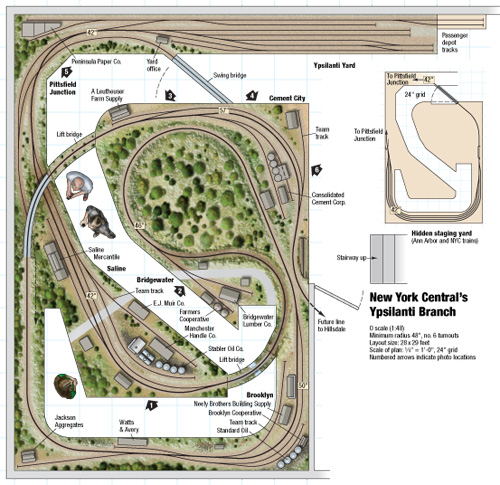
Track plan at a glance Name: New York Central Ypsilanti Branch Scale: O (1:48) Size: 26 x 28 feet Prototype: NYC branch line Era: 1950s Style: walk-in Mainline run: 144 feet Minimum radius: 48″ Minimum turnout: no. 6 Maximum grade: 2 percent Originally appeared in the May 2007 issue of Model Railroader. Click here to […]
Read More…
Q: What was the reasoning for the Lionel Corp. to produce two very similar track sizes – O-27 with a 27-inch-diameter circle and O with a 31-inch diameter circle? Wouldn’t production be a lot simpler and inventories less costly with only one? Since O-27 engines and rolling stock could run on O track, why retain […]
Read More…
Q: I have a Lionel no. 257 freight station with diesel horn that is equipped with a D-cell battery to operate the horn. How do I convert the 1.5 DC voltage to 14-16 AC voltage so I can operate it like my other accessories from a transformer? – Peter Douglas Beam, Pasadena, Calif. A: Peter, […]
Read More…
Q: I have two American Flyer no. 18B transformers with two Lionel no. 167 whistle controllers on my layout. My problem is that older Lionel steam locomotive whistles do not work at all, and the new sound systems and horns only work well when stopped. While moving, blowing the whistles tends to slow the engines […]
Read More…
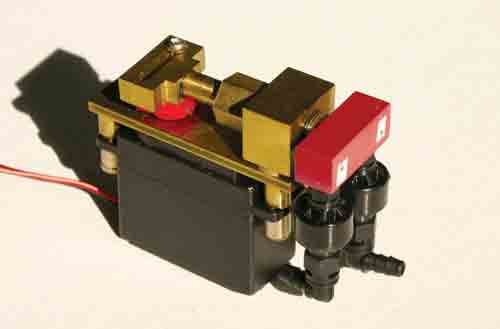
Jeff Young Full-size steam locomotives have been in existence for over 200 years, and live-steam models for nearly that long. On that basis, it might be easy to conclude that the hobby of small-scale live steam is one that would not see a lot of new technology. To the contrary, there have been a number […]
Read More…
We reviewed the Athearn N scale Challenger in the June 2007 issue of Model Railroader. Watch a video clip of this 4-6-6-4 steam locomotive in action. If you would like to view the video and are a Model Railroader subscriber, please log in below. […]
Read More…







